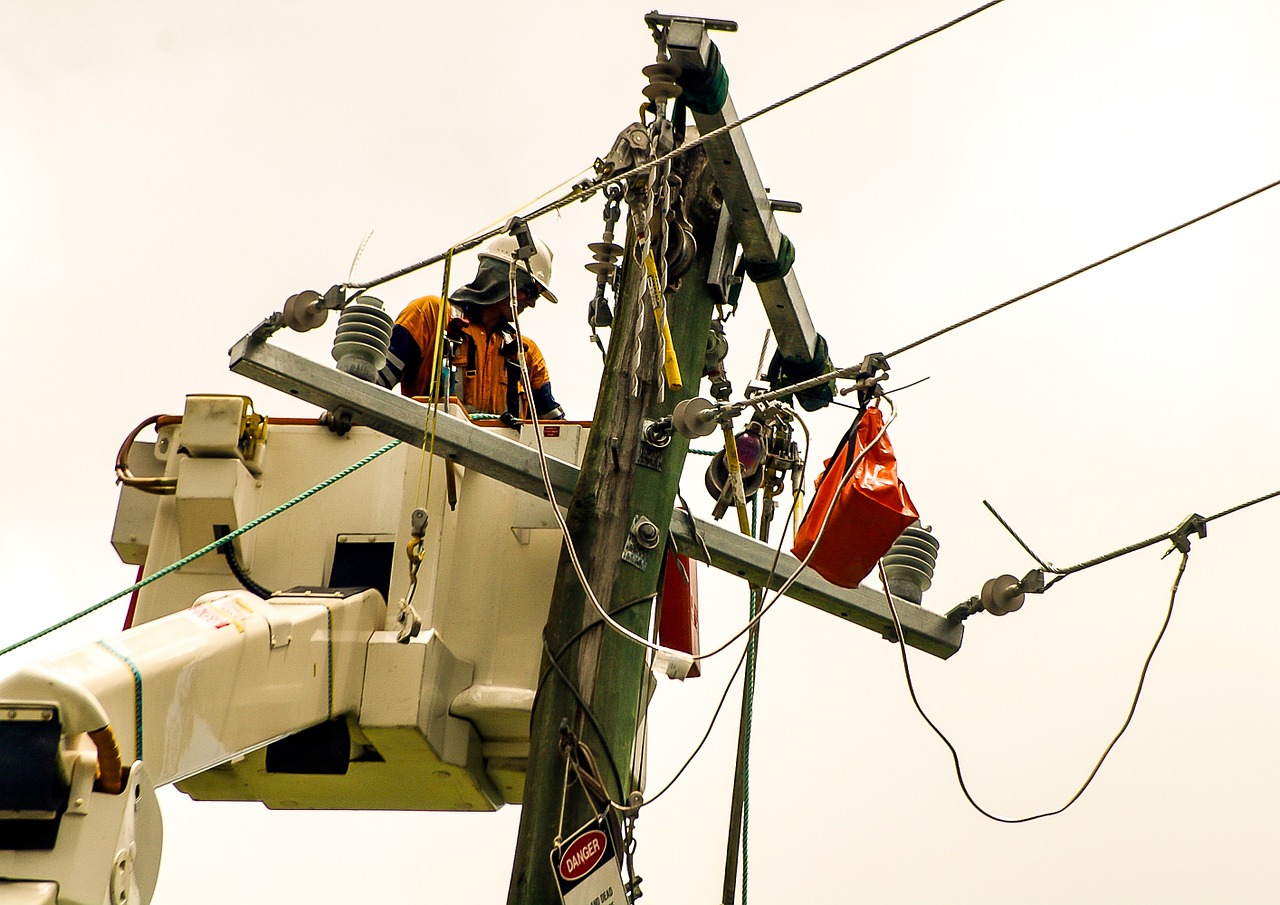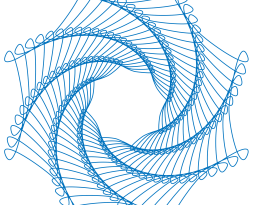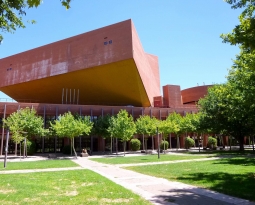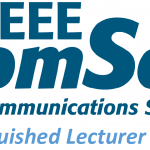An extremely relevant task is to grant safety, reliability and uninterrupted availability of transmission and distribution power grids. In one word, maintenance is fundamental in power grids. Maintenance includes inspection, detection of damages, aging and faults, and of course to timely act to avoid interruption or repair and reactivate the power distribution. Human intervention is a delicate and costly task which can be harder in the absence of clear identification of the type and location of the problem. I recently came across with this video showing technicians that repair transmission lines at 300 meters from the ground: impressive !
It is then clear that the technology that can provide real time sensing and diagnostics of the grid becomes very useful. My group currently works on new concepts and algorithms in order to develop novel high frequency sensing algorithms enabled by the deployment of power line communication (PLC) devices.
I have a vision of PLC acting as deep and pervasive probes that sense and diagnose electrical grid malfunctions, power generation and consumption levels, environmental phenomena, and human activities.
PLC is not a mere communication technology. The power grid is a fully interconnected system where all electrical phenomena affect the entire network. Moreover, it is influenced by external physical events. Hence, PLC nodes can be used to sense the grid itself as well as the surrounding environment. In other words, PLC nodes can act as probes for grid diagnostics by analyzing the electromagnetic field and the data traffic in the PLC frequency bands. The results are significantly more accurate than those currently achieved by conventional sensors and measurement units. Possible applications of PLC sensing are:
- Fault Detection
- Cable aging
- Load identification
- Grid topology inference/derivation
Topology derivation is particularly intriguing. Why is the topology knowledge of importance ? Well, in power distribution networks and Smart Micro Grids (SMG) it is required for grid monitoring and power flow management.
We recently applied transmission line theory to show how the topological properties of a wired network can be detected exploiting admittance measurements at the nodes. We analytically proved that the topology of complex networks (like power distribution grids) can be identified under certain assumptions. A practical algorithm has been derived to handle the presence of network background noise on admittance measurements.
Selected Publications
F. Passerini and A.M. Tonello, “Analysis of High Frequency Impedance Measurement Techniques for Power Line Network Sensing,” IEEE Sensors Journal, 2018.
F. Passerini and A. M. Tonello. On the exploitation of admittance measurements for wired network topology derivation. IEEE Transactions on Instrumentation and Measurements, 2017.
F. Passerini and A. M. Tonello, “Full Duplex Power Line Communication Modems for Network Sensing,” Proc. of IEEE SmartGridComm 2017, Dresden, Germany, October 23-26, 2017
F. Passerini and A.M. Tonello, “Advanced Grid Diagnostics Enabled by PLC for Sensing,” proc. of WSPLC 2017, Prague, Sept. 21, 2017.
F. Passerini and A. M. Tonello. Power line network topology identification using admittance measurements and total least squares estimation. In Proc. IEEE International Conference on Communications, 2017.
F. Passerini and A. M. Tonello. Power line fault detection and localization using high frequency impedance measurement. In Proc. IEEE International Symposium on Power Line Communications and its Applications, 2017.







